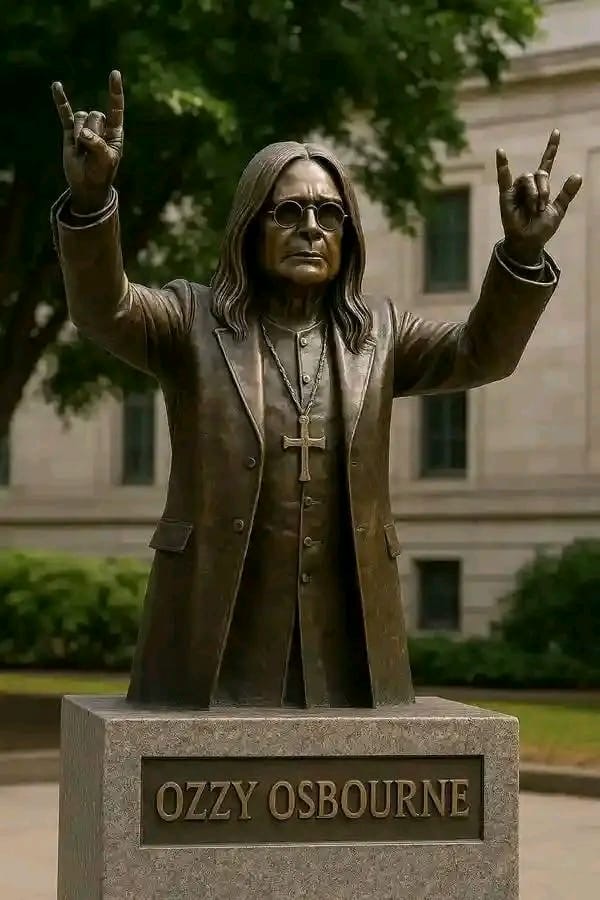Paul McCartney vs. Mick freakin’ Jagger. If rock ‘n’ roll had a yin and yang, it’d be these two legends. One’s the melodic magician who made you cry with “Yesterday,” the other’s the devil-may-care rebel who made you grind to “Satisfaction.” Both changed music forever—but man, they couldn’t be more different
When you think of rock ‘n’ roll’s most iconic figures, Paul McCartney and Mick Jagger immediately spring to mind. They are the yin and yang of the genre—opposites in style, attitude, and influence, yet united by their groundbreaking contributions to music. If rock ‘n’ roll had a yin and yang, these two legends would undoubtedly embody those contrasting forces, shaping the very soul of the genre in their own unique ways.
On one side, you have Paul McCartney—a melodic magician whose songwriting is as heartfelt as it is timeless. As a founding member of The Beatles, McCartney’s influence is immeasurable. His voice, often warm and soothing, has the power to evoke deep emotion, whether it’s the gentle plea of “Yesterday,” the exuberance of “Hey Jude,” or the introspective beauty of “Let It Be.” His melodies are often lush, intricate, and accessible, making his music resonate across generations. McCartney’s musical style is characterized by a sense of harmony, optimism, and melodic richness—traits that have made him a symbol of musical perfectionism and heartfelt storytelling.
In stark contrast stands Mick Jagger—a rebellious force, the devil-may-care frontman whose swagger, energy, and raw charisma redefined what it meant to be a rock star. As the lead singer of The Rolling Stones, Jagger brought a gritty, rebellious edge to the genre. His stage presence is electrifying—an intoxicating blend of sex appeal, attitude, and unrelenting energy. Jagger’s voice, rough around the edges, has a seductive quality that perfectly complements the band’s gritty rock sound. Tracks like “Satisfaction,” “Jumpin’ Jack Flash,” and “Start Me Up” are emblematic of his rebellious spirit and ability to capture the restless energy of youth.
While McCartney’s music often explores themes of love, peace, and introspection, Jagger’s songs delve into rebellion, hedonism, and raw human instincts. Their contrasting personas extend beyond music—McCartney exudes a gentle, optimistic aura, while Jagger embodies the rebellious, wild spirit of rock ‘n’ roll. Yet, both have an undeniable passion for pushing boundaries and shaping the cultural landscape.
Despite their differences, the two icons have left an indelible mark on the industry. McCartney’s songwriting perfectionism and melodic craftsmanship set a standard for pop and rock music, inspiring countless artists to craft memorable, emotionally resonant songs. Jagger’s swagger and raw energy helped define the archetype of the rock frontman—a figure of charisma, rebellion, and unyielding spirit. Together, they represent the spectrum of what rock ‘n’ roll can be: from heartfelt ballads to raucous anthems.
Their rivalry, if it can even be called that, is more a celebration of diversity within the genre. They’ve occasionally crossed paths, sometimes with friendly banter, sometimes with palpable rivalry, but always with mutual respect. Both have endured decades of changing musical landscapes, remaining relevant and influential. Their careers are testaments to their versatility and ability to adapt without sacrificing their core identities.
In essence, McCartney and Jagger embody the duality that makes rock ‘n’ roll so compelling. One’s the melodic dreamer whose music can bring tears or joy; the other’s the rebellious spirit who makes you want to dance, shout, and break free. They are the yin and yang of an art form that thrives on contrasts—melody and chaos, harmony and rebellion, innocence and experience.
So, when pondering the greatest icons of rock, it’s fitting to see McCartney and Jagger not as rivals but as two sides of the same coin—each essential, each irreplaceable. They’ve shown us that rock ‘n’ roll isn’t just about music; it’s about expressing the full spectrum of human emotion and spirit. And in doing so, they’ve both become eternal legends—proof that opposites can indeed attract and create something truly legendary.


